a
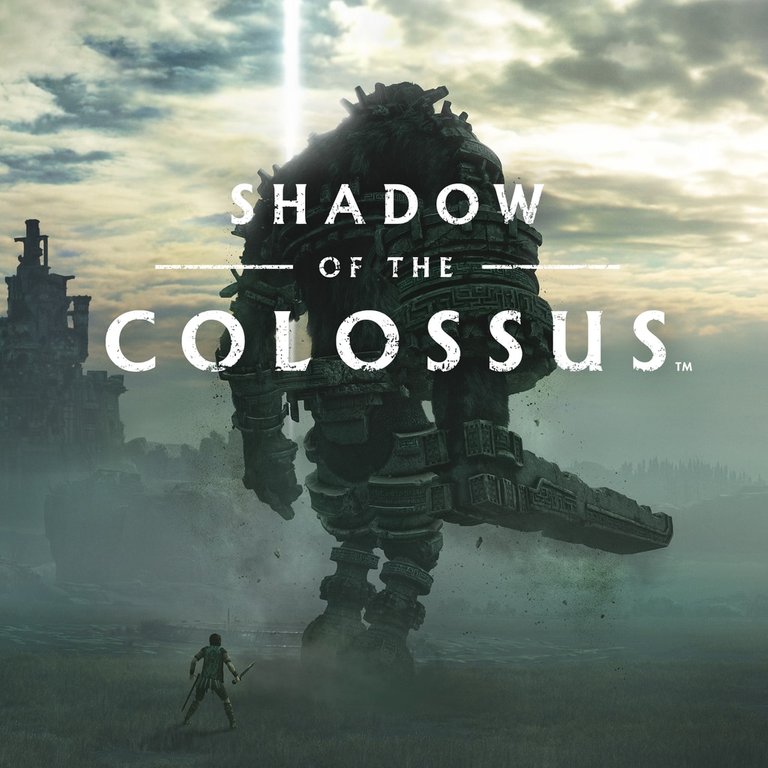
This article brings me to the end of the series of posts dedicated to the future trend of gaming in 2022.
From a different attitude on the part of players who are becoming more and more professional, a greater involvement of spectators, the rise of eSports that have been achieving the expansion of video games, or gaming as it is broadly called, the incorporation of PlayStation and xBoxconsoles among others have determined that gaming has advanced by leaps and bounds in the last biennium growing at an exponential rate especially during the period of the pandemic and the social isolation caused by the coronavuris.
Today I am going to deal with an aspect that goes beyond the ludic character of the game, and that is the interpretation that video games can assume as a form of popular art.
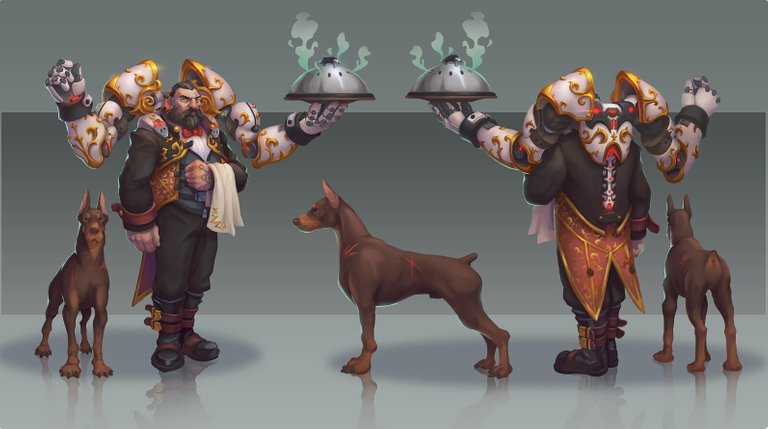
Video games related to the ancient world have supplanted classic cinema films.
Who doesn't remember those mega-productions about the ancient world like Cecil D. de Mille's The Ten Commandments, Michael Cimino's The Huntsman, Robert Aldrich's Twelve from the Gallows, Clint Eastwood's Letters from Iwo Juma, Francis Ford's Apocalypse Now until the most recent '71 by Yann Demange, just to mention a limited number of great productions.
The high cost of these productions and the growing interest in similar products in video games made an industry that for decades was considered the seventh art less and less profitable. And it still is.
Video games, which are now a special entertainment version of an art form that has been superseded, are slowly being officially incorporated into its line-up, as demonstrated by the organisation of the Tribeca Film Festival.
The path that Sig Maier's Civilization began in 1991 has been travelled by an infinite number of videogames that are constantly surpassing each other, in all genres: strategy, social, educational, multiplayer and even the old arcade games that are slowly coming back on the scene.
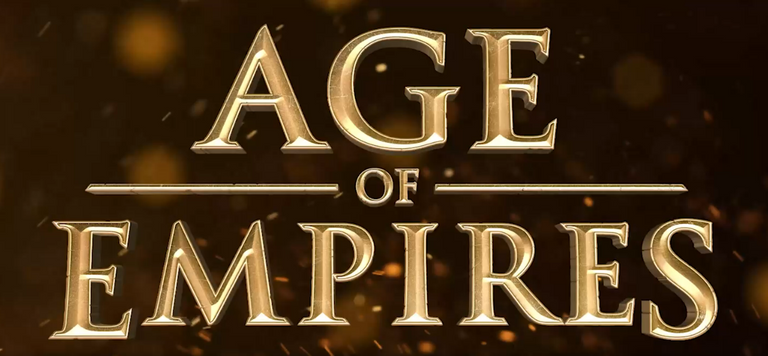
Games and narrative.
That narrative of the plot with which we were learning many things of the history and the evolution of the human being present in the cinema has now been transferred to the video games transforming itself in this way in one of the most current and most important narrative vehicles that does not stop only in the narration of the stories themselves, but they add a great artistic domain interconnecting with communities that are dispersed all over the world.
Who for example has not experienced new learning sensations with the classic video game 0 A.D., a free and open source real-time strategy video game developed by Wildfire Games, available for all operating systems and composed entirely of free software and free content, with new civilisations - ignored by many players - being added year after year. Which, in fact, had been inspired by another classic of ancient civilisation: Age of Empires II: The Age of King, the second title in the famous Age of Empires series.
And we could go on in this way (almost) ad infinitum. Today's gaming seeks to implement different technological features, where the development of the game is something extraordinary and unique, both graphically and emotionally, and this makes it a true popular art.
However, not everything is so simple, since the concept of video games as a form of modern art, if you will, generates quite a few controversies within the entertainment industry, despite having taken significant steps forward such as, for example, having received legal protection as creative works by the Supreme Court of the United States.
On the one hand, the philosophical proposition that video games are works of art is acceptable, but it is controversial from the point of view of the contribution expressive elements such as graphics, storytelling and music can make to art itself.
The theory in favour of recognising video games as a form of popular art is based on the contribution they make with their images and visual narratives or by creating an emotional atmosphere among the players themselves, especially when the user plays a character in themes related to poverty, sexuality, physical and mental illnesses and other aspects that lead inexorably to stress.
These games that a philosophical current has defined as games of empathy are characterised by asking the players to inhabit the emotional worlds of their characters and it is the closest thing to the interpretation of a cinematographic character.
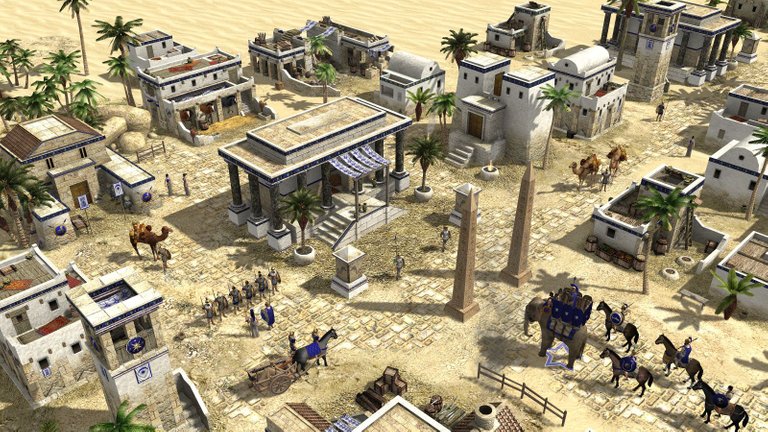
Historical background, museums and contemporary digital art.
In reality, although the tendency to consider gaming as art is recent, if we look back we notice that precedents already existed almost half a century ago when, towards the end of the 1980s, art museums began to retrospectively exhibit obsolete first and second generation games in exhibitions such as the Museum of the Moving Image with its "Hot Circuits: A Video Arcade". Another example is the exhibition of video games at the Smithsonian American Art Museum. Or the US Supreme Court's ruling that video games were protected as other art forms. Or the US National Endowment for the Arts accepting grants for art projects by expanding existing projects to include so-called "interactive games".
A couple of years ago Germany recognised part of the artistic nature of video games by partially agreeing to consider games as works of art in the image part as long as they are original content. The annual art exhibition, Into the Pixel, highlights and rewards graphic art in video games selected by a panel of professionals from the gaming industry and the art industry. And the examples continue to grow steadily and steadily.
Even the digital art community began to develop reproducible video game pieces that made a clear reference paying homage to classic games from previous generations such as Breakout, Asteroids, Pac-Man and Burgertime showing not only a constant evolution of graphic art in gaming but also a point of intersection between commercial games and contemporary digital art.
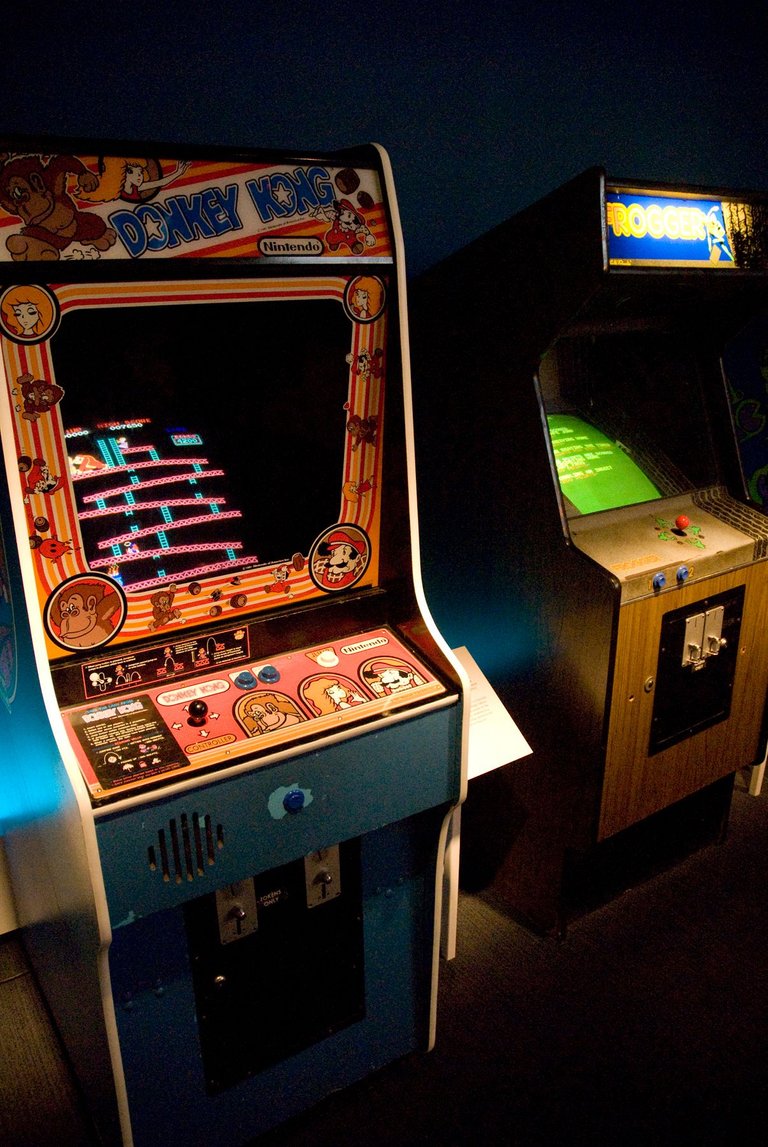
The controversy.
This modern doctrinaire current trying to characterise video games as art has been the subject of controversy, especially in a sector as traditional as art itself. Let's remember that it is the same people and institutions that have taken many years to even accept modern and contemporary art as such.
There are elements within video games that are artistic, such as the graphic art, the music and the story, but one of the biggest points of conflict is the so-called "intellectual property".
Art is identified with the artist, be it a painter, a sculptor, a musician, a writer. And this aspect in video games cannot be clearly defined since video games in general are part of the gaming industry and large corporations are involved in their development.
To whom do we attribute the so-called "intellectual property" (and I am not referring to the economic rights over it) of a game when dozens of artists, designers, graphic designers and even musicians have probably been involved in its design, development and development?
Video games, like books and films, to cite just two examples, communicate ideas, social messages, historical data through different characteristics and in a different way. It is an innovative art form that enters the homes of millions of people through different devices.
For this reason, video games have been met with suspicion from media critics who express the same doubts they once expressed about other artistic expressions such as film, television and comics. By trying to approach games as real human stories in which they are involved, they are trying to make them more human.
In short, and admitting that the potential of the video game to generate an artistic work is out of the question, the reason to try to settle the existing controversy is to know if this potential has been fully used to the point of achieving the work of art itself, and if, in fact, we can clearly identify it in the immense catalogue of video games that surrounds us.
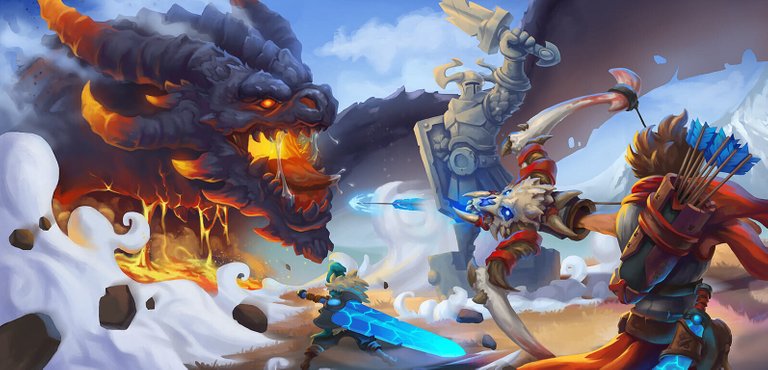
0 commenti:
Post a Comment